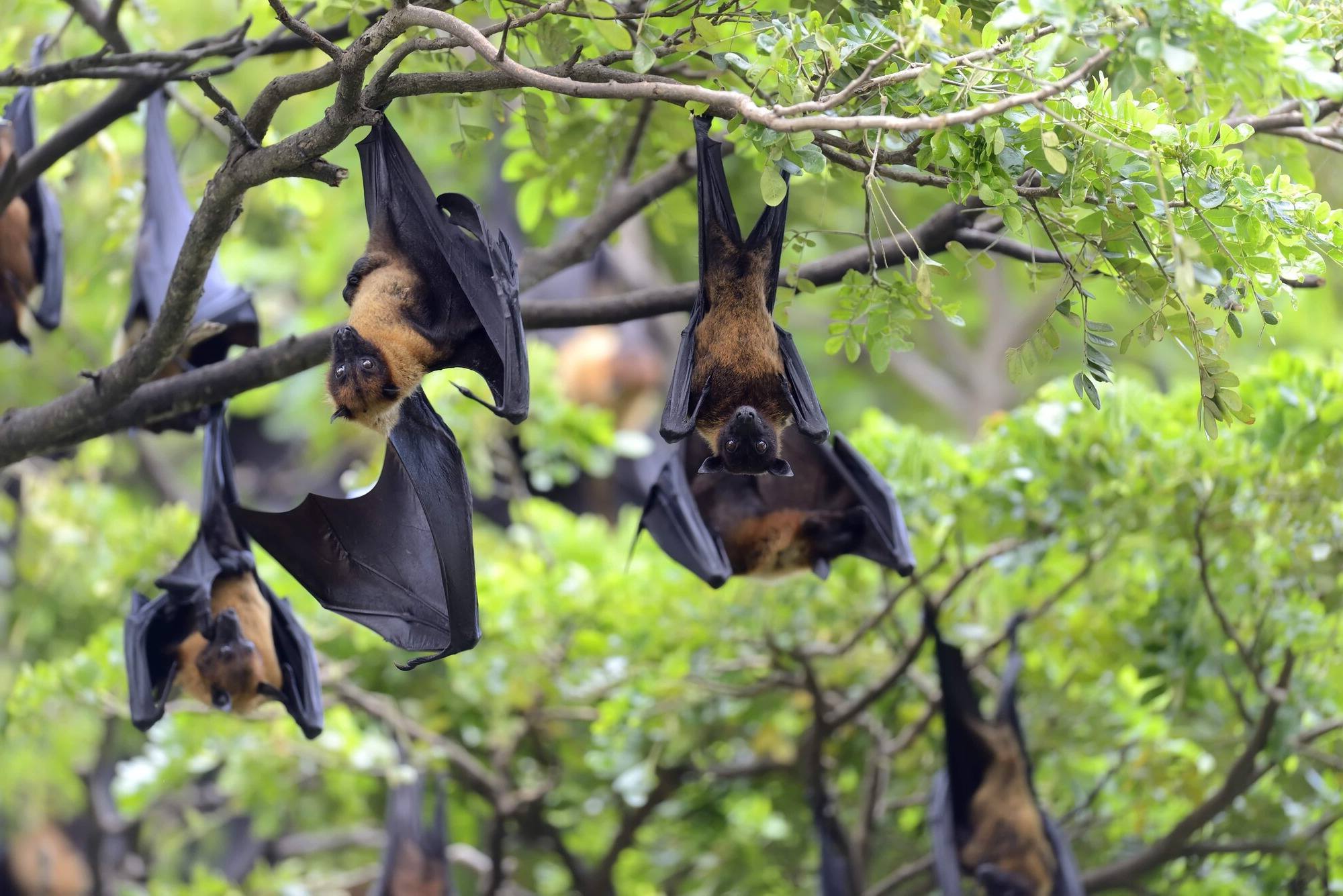
What is the Nipah virus? The Nipah virus is a deadly pathogen that can jump from animals to humans, causing severe illness. First identified in Malaysia in 1998, it has since caused outbreaks in several countries, including Bangladesh and India. This virus spreads through direct contact with infected animals, such as bats or pigs, or through consuming contaminated food. Symptoms range from fever and headache to severe respiratory issues and encephalitis, which can be fatal. There is no specific treatment or vaccine for Nipah virus, making prevention crucial. Understanding its transmission, symptoms, and preventive measures can help mitigate its impact.
What is Nipah Virus?
The Nipah virus (NiV) is a zoonotic virus, meaning it can spread from animals to humans. Originating in fruit bats, it has caused several outbreaks in South and Southeast Asia. Here are some key facts about this deadly virus.
-
Nipah virus was first identified in 1999 in Malaysia. It caused severe respiratory illness in pigs and encephalitis in humans.
-
Fruit bats are the natural hosts of the Nipah virus. These bats, also known as flying foxes, carry the virus without showing symptoms.
-
Human-to-human transmission has been reported. This can occur through direct contact with infected individuals or their bodily fluids.
-
The virus can also spread through contaminated food. For instance, consuming fruits partially eaten by infected bats can lead to infection.
-
Nipah virus has a high mortality rate. In some outbreaks, the fatality rate has been as high as 75%.
Symptoms and Diagnosis
Recognizing the symptoms early can be crucial for treatment and containment. Here are some important facts about the symptoms and diagnosis of Nipah virus.
-
Initial symptoms resemble the flu. These include fever, headache, muscle pain, vomiting, and sore throat.
-
Severe cases can lead to encephalitis. This is an inflammation of the brain, causing drowsiness, confusion, and potentially coma.
-
Respiratory symptoms are also common. Patients may experience cough, shortness of breath, and acute respiratory distress.
-
Diagnosis is confirmed through laboratory tests. These include polymerase chain reaction (PCR) and enzyme-linked immunosorbent assay (ELISA).
-
Early diagnosis is challenging. Symptoms are non-specific and can be mistaken for other illnesses like influenza or dengue.
Treatment and Prevention
Currently, there is no specific treatment for Nipah virus. However, supportive care and preventive measures can help manage the disease.
-
Supportive care is the primary treatment. This includes hydration, pain relief, and managing symptoms.
-
No vaccine is available yet. Research is ongoing to develop a vaccine for both humans and animals.
-
Preventive measures are crucial. These include avoiding contact with sick animals, not consuming raw date palm sap, and practicing good hygiene.
-
Isolation of infected patients helps prevent the spread of the virus. Health workers should use personal protective equipment (PPE).
-
Public awareness campaigns can educate communities about the risks and preventive measures.
Historical Outbreaks
Nipah virus has caused several outbreaks since its discovery. Each outbreak has provided valuable insights into the virus's behavior and transmission.
-
The first outbreak in Malaysia resulted in over 100 human deaths and the culling of over a million pigs to control the spread.
-
Bangladesh has experienced multiple outbreaks since 2001. These outbreaks have been linked to the consumption of raw date palm sap contaminated by bat saliva.
-
India reported an outbreak in 2018 in Kerala. This outbreak resulted in 17 deaths and highlighted the need for rapid response and containment.
-
Outbreaks have also occurred in Singapore. The virus spread from imported pigs, leading to several human cases.
-
Each outbreak has unique characteristics. Factors like geography, climate, and local practices influence the virus's spread and impact.
Research and Future Directions
Ongoing research aims to better understand the Nipah virus and develop effective treatments and preventive measures.
-
Scientists are studying the virus's genetic makeup. This research can help identify potential targets for vaccines and antiviral drugs.
-
Animal models are used in research. These models help scientists study the virus's behavior and test potential treatments.
-
International collaboration is essential. Researchers from different countries share data and resources to combat the virus.
-
Surveillance systems are being improved. Early detection and rapid response can help prevent future outbreaks.
-
Public health infrastructure is being strengthened. This includes training healthcare workers and improving laboratory capabilities.
Impact on Society
Nipah virus outbreaks have significant social and economic impacts. Understanding these impacts can help communities better prepare and respond.
-
Outbreaks can cause widespread panic. Fear of the virus can lead to social stigma and discrimination against affected individuals and communities.
-
Economic losses can be substantial. Outbreaks can disrupt trade, tourism, and agriculture, leading to financial hardship.
-
Healthcare systems can be overwhelmed. High numbers of severe cases can strain medical resources and personnel.
-
Mental health can be affected. Survivors and their families may experience anxiety, depression, and post-traumatic stress.
-
Community engagement is vital. Involving local communities in prevention and response efforts can improve outcomes and build resilience.
Final Thoughts on Nipah Virus
Nipah virus is a serious health threat that requires our attention. Understanding its origins, transmission, and symptoms can help us stay informed and prepared. This virus, which can spread from animals to humans, has caused outbreaks with high mortality rates. Early detection and swift medical intervention are crucial in managing its impact.
Preventive measures like avoiding contact with infected animals and practicing good hygiene can reduce the risk of infection. Researchers are working tirelessly to develop vaccines and treatments, but until then, awareness remains our best defense.
Stay informed, stay safe, and take necessary precautions to protect yourself and your community from Nipah virus. Knowledge is power, and by sharing these facts, we can contribute to a healthier, more informed world.
Was this page helpful?
Our commitment to delivering trustworthy and engaging content is at the heart of what we do. Each fact on our site is contributed by real users like you, bringing a wealth of diverse insights and information. To ensure the highest standards of accuracy and reliability, our dedicated editors meticulously review each submission. This process guarantees that the facts we share are not only fascinating but also credible. Trust in our commitment to quality and authenticity as you explore and learn with us.


